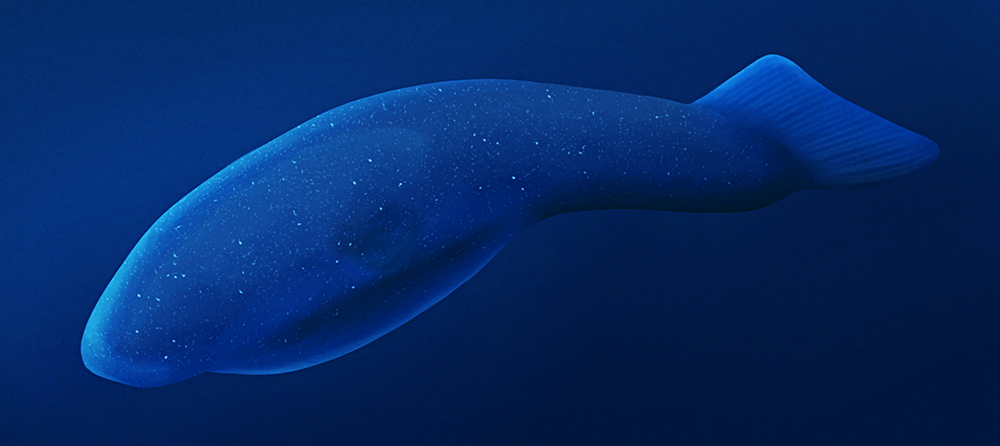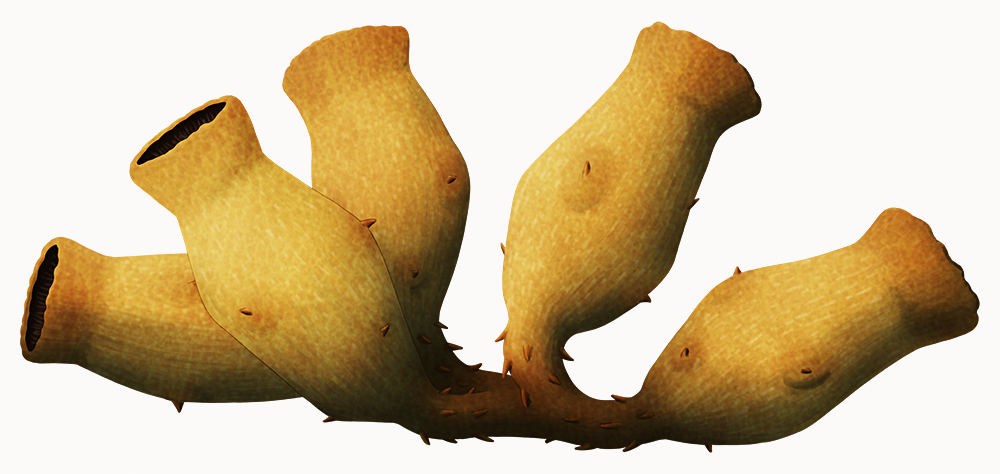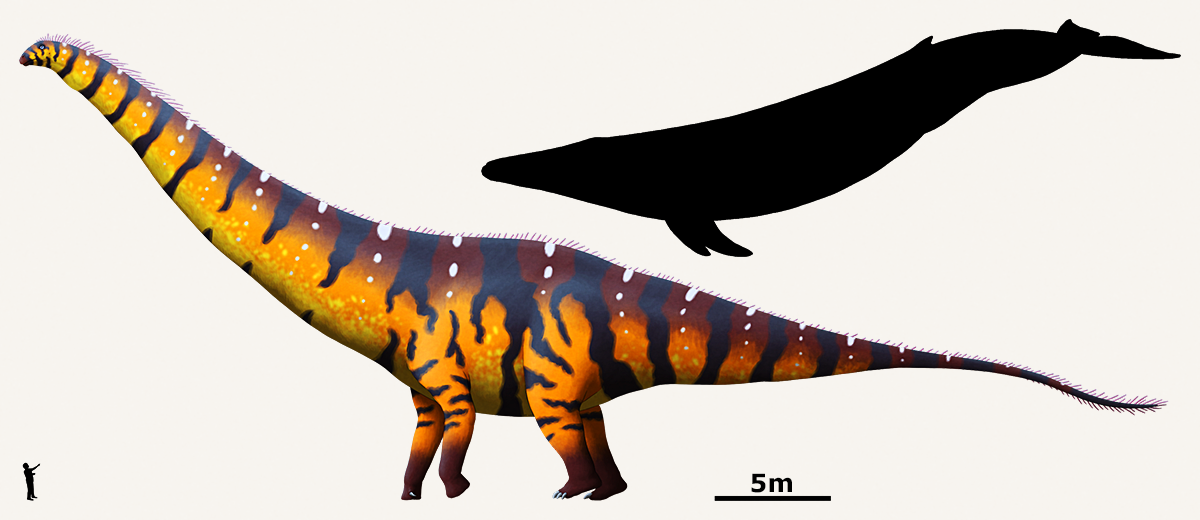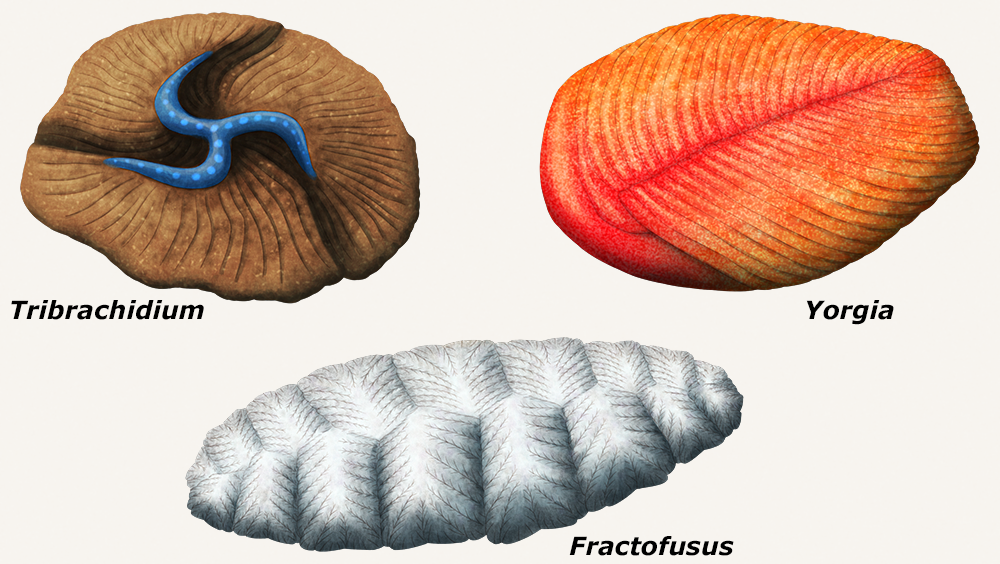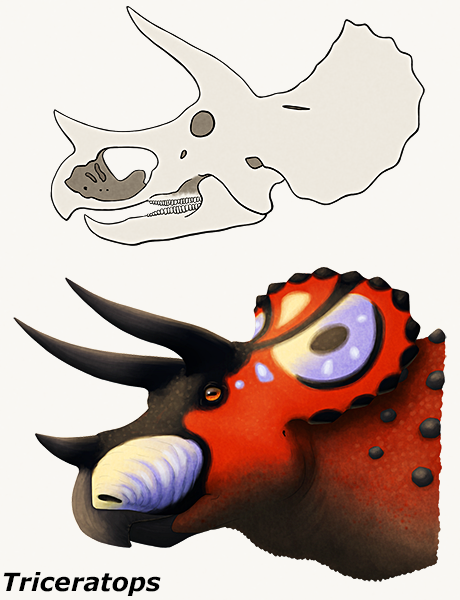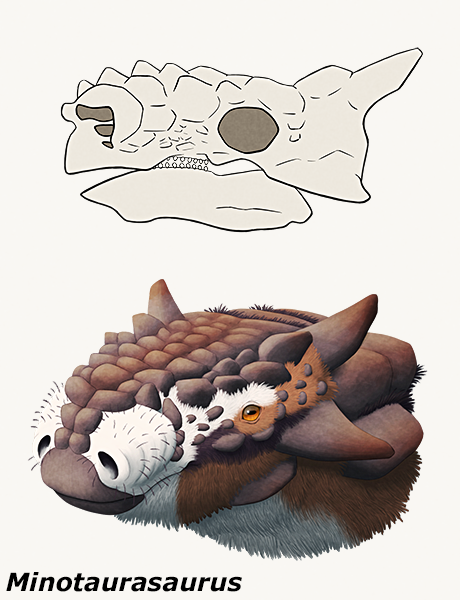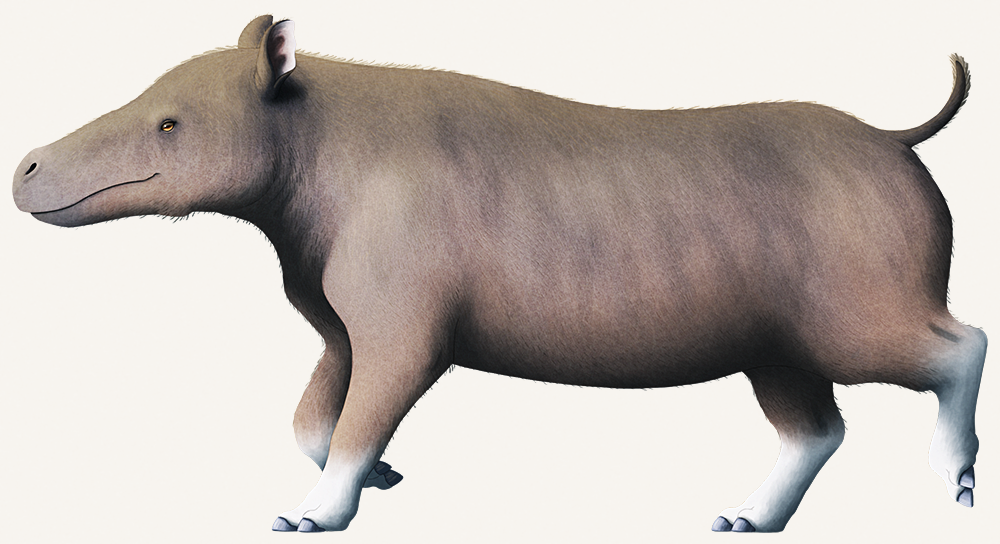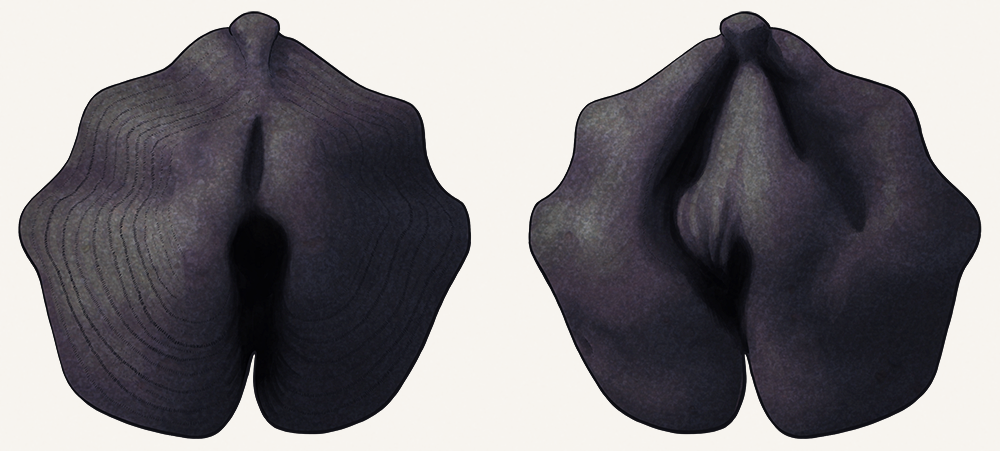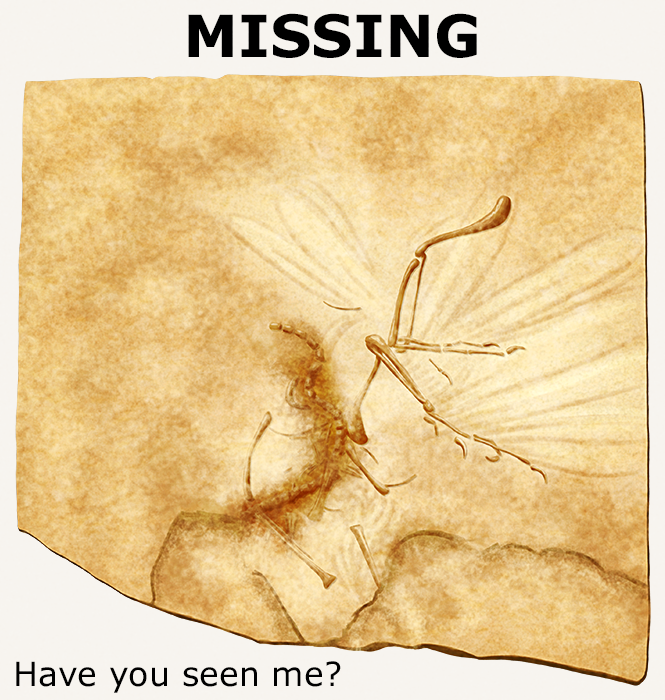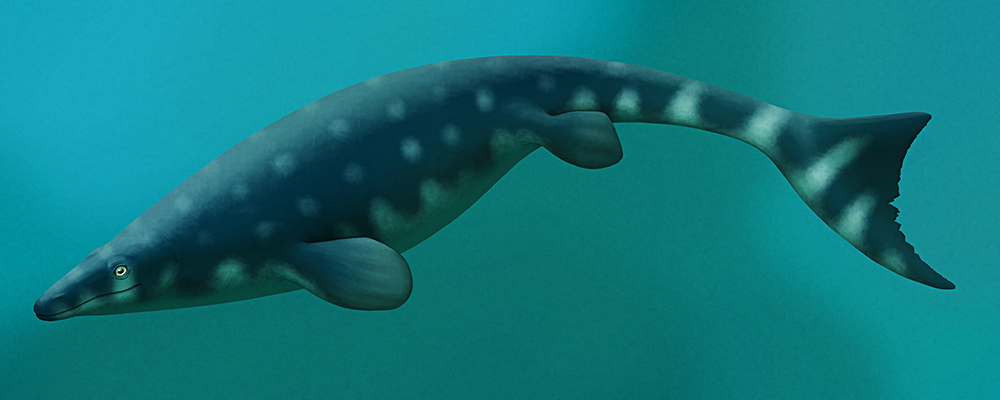Found only in the Carboniferous-aged Bear Gulch Limestone (~318 mya) in Montana, USA, Typhloesus wellsi is such a confusing animal that it’s been nicknamed “the alien goldfish”.
It was one of the first body fossils found containing conodont elements, leading to it initially being identified in the 1970s as the then-unknown conodont animal – until actual conodont animals were discovered a few years later, looking nothing like it. The elements were reassessed as actually being Typhloesus’ gut contents, indicating it was actually a conodont-eating predator or scavenger.
Reaching sizes of almost 10cm long (4″), it was vaguely fish-shaped with a pair of ventral fin folds and a stiffened vertical tail paddle. No obvious sensory structures are preserved, but there are impressions of a large gut cavity in the front half of its body, along with a pair of strange unidentified organs known as “ferrodiscus” that contained a high concentration of iron deposits.
And despite being known from over 50 specimens, we still don’t know where to classify it. At all. It lacks evidence of features like gill openings or a notochord that could associate it with chordates. Its gut appears to be a blind sack with no anus, a condition usually seen only in cnidarians and flatworms, and finned active swimmers are known in other invertebrate groups like molluscs and arrow worms, but Typhloesus doesn’t resemble anything like those either.
With the similarly mysterious Tullimonstrum recently getting a lot of attention and a possible identification as a lamprey-relative, perhaps somebody will eventually have another look at this strange little creature, too.
[EDIT: A 2022 study found evidence of a molluscan affinity for Typhloesus!]

